

Anthony Crawford
1990 Lamborghini Countach review
6 Days Ago
Once the realm of concepts, cars that substitute their side mirrors for cameras are here. How do they work?

Contributor
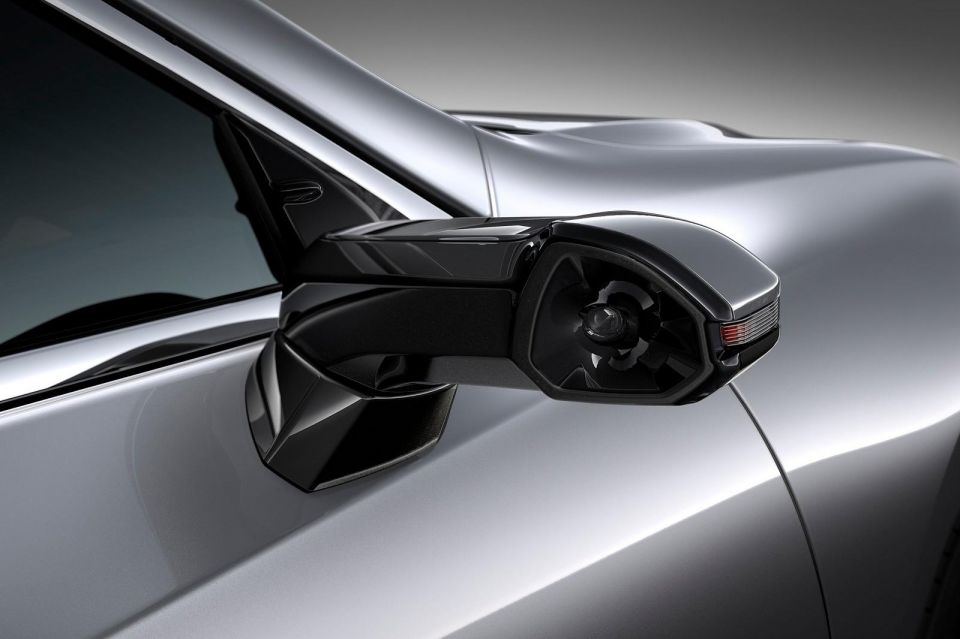

Contributor
From models often only coming standard with a driver’s side mirror, to them being positioned on the front bonnet, the basic principle behind how mirrors are used in new cars has remained largely unchanged.
The last few years, however, have brought about the next phase of development in automotive visibility, with the commercialisation of cameras as a credible replacement for mirrors.
At first glance, it might seem to simply be technology for technology’s sake, but they can offer genuine benefits for drivers.
This article focuses on cameras explicitly acting as a substitute for side-view mirrors, rather than the ‘360-degree’ camera systems that are often used as a parking aid.
The basic principle for digital side view mirrors is simple. Cameras are mounted in a housing on the door or A-pillar in a similar location to conventional side mirrors.
These stream a live video feed onto displays inside the car, typically located around the base of the A-pillar.
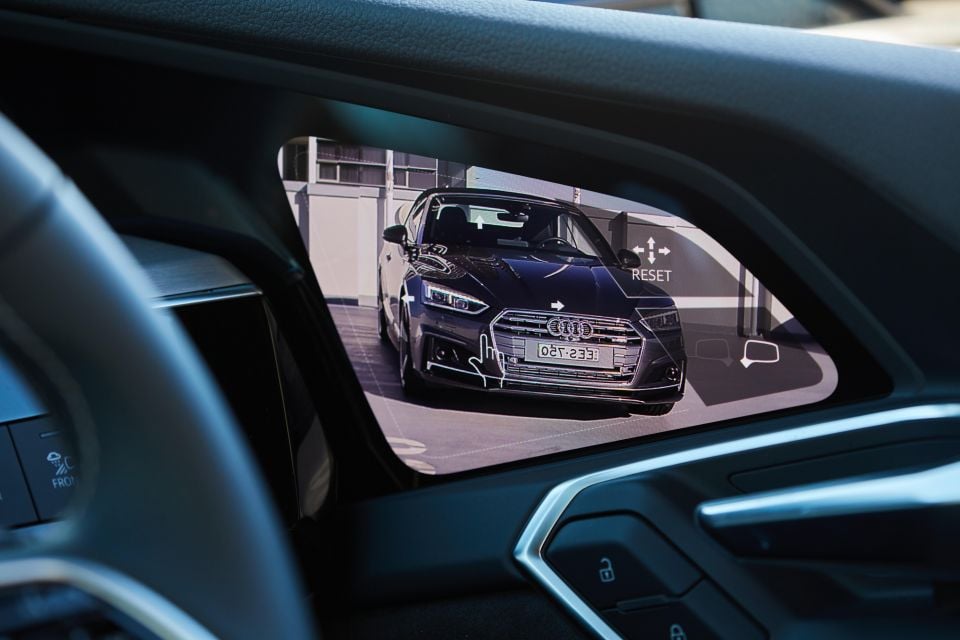
To prevent the system from being affected by debris or ice, the camera lens is usually placed deep inside the housing to minimise the risk of vision being obstructed.
Other techniques may also be used to supplement this, such as a heated casing (in the Lexus ES) or the application of a water-repellent coating (in the Honda e).
The primary benefits of digital side view mirrors stem from the versatility of the cameras. In models such as the Lexus ES (available in overseas markets), the camera uses a wide-angle lens and can crop or otherwise adjust the field of vision to suit the situation.
For example, in motorway driving or when indicating, the cameras can zoom out and show a wider angle, ideal for lane changes and to minimise blind spots.
For parking, the camera can zoom in to show adjacent vehicles, or expand the field of view downwards to minimise the risk of kerbing the wheels.
Of course, using cameras also means the image displayed to the driver is flat; free of distortion, fishbowl effects, or warping from concave or convex mirrors.
Another benefit of using a camera occurs during night driving, or driving in darker environments (such as tunnels), as the camera is able to alter the image to present a significantly enhanced view of the road compared to traditional mirrors.
This ability to change the exposure and brightness also comes in handy minimising glare from high-beams or bright headlights, working in a similar fashion to the auto-dimming mirror function many cars are equipped with.
Other advantages are aligned with the shape of the camera housing. Mounting a camera externally allows for a slimmer housing than a traditional mirror, and in turn this reduces aerodynamic drag.
For example, Audi claims for its e-tron electric SUV, virtual exterior mirrors help reduce the car’s overall coefficient of drag from 0.28 to 0.27, to slightly extend the overall range .
In this case, better aerodynamics also leads to better NVH (noise, vibration and harshness), with Audi also claiming the slimmer design reduces wind noise.

For the driver, the slimmer housing also improves outward visibility, which can be useful at junctions or intersections. Additionally, having screens inside the car to display video from the camera alleviates any potential obstructions from fogged up windows.
Not all brands are currently racing to replace the traditional mirror set-up with a digital alternative.
From a consumer perspective, the added cost of optioning a digital mirror system can outweigh savings gained through efficiency improvements. Just as important are concerns over durability and reliability.
Mirrors are among the most vulnerable parts of a car, and replacing a camera is more expensive than replacing a mirror. There’s also the risk technical glitches will kill your rear vision.
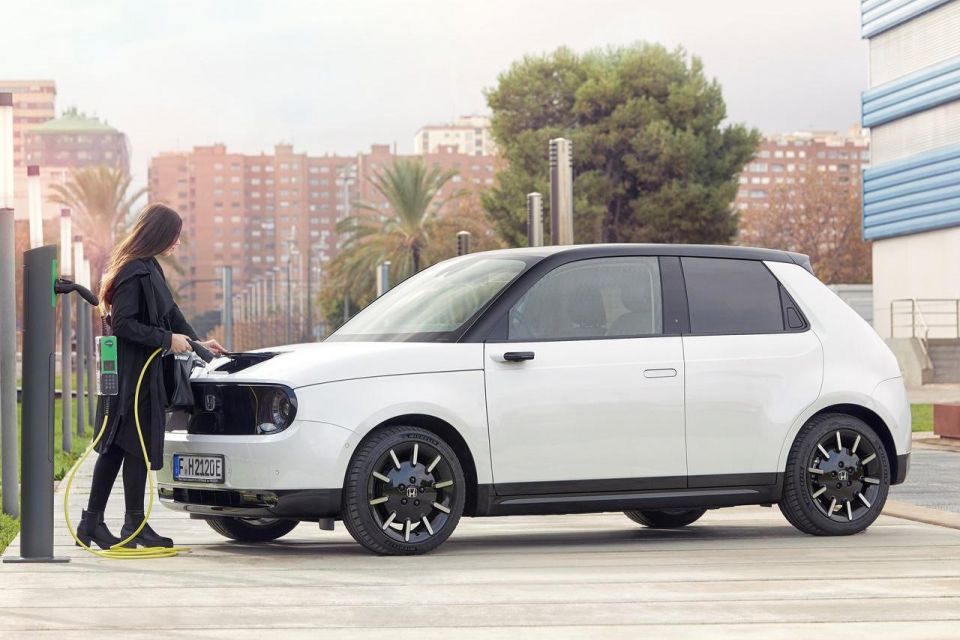

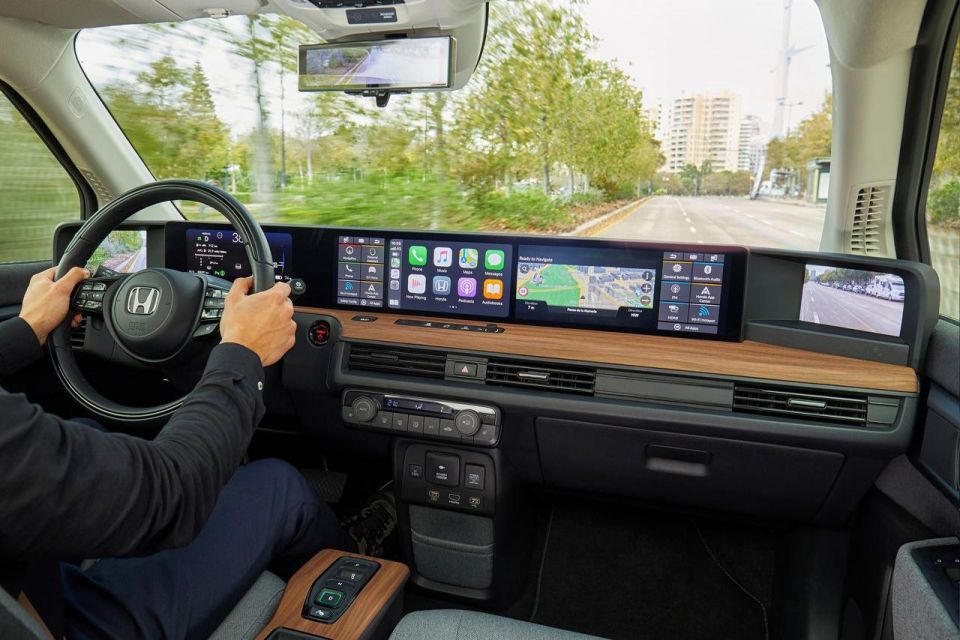
In many cases, a set of digital side-view mirrors are paired with a traditional rear-view mirror. This may cause issues due to the change in perspective between an analogue and digital view, as well as the slight lag caused by the digital system compared to a mirror.
Nevertheless, the manufacturers currently fitting at least one of their models with a digital side view camera system include Honda (Honda e), Audi (e-tron SUV) and Lexus (ES sedan).
More recently, Genesis announced its GV60 EV will also feature a digital side mirror system.
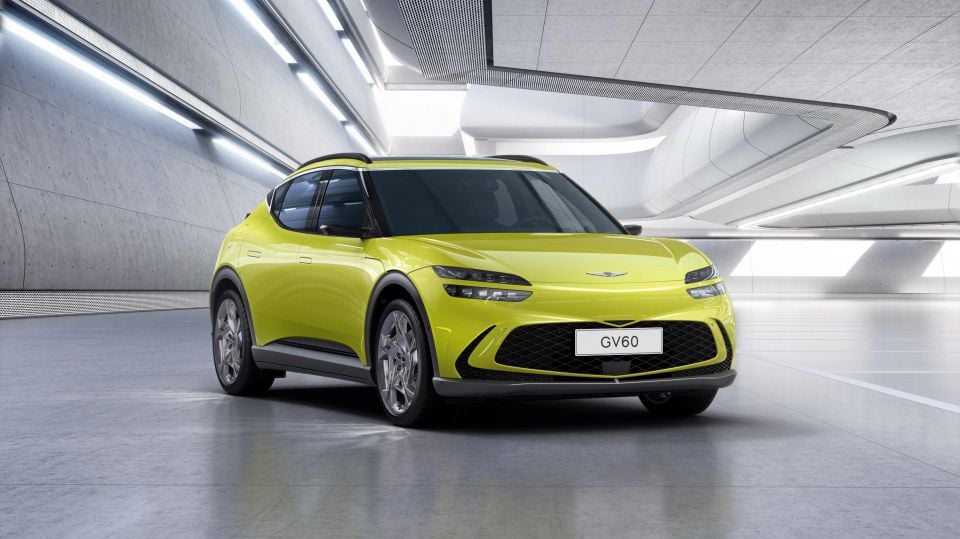
Of these models, only the Audi e-tron SUV is currently available in Australia with a digital side-view camera system. Priced from $137,100 before on-road costs for 2022 models, the digital side-view mirror system is an extra $3500 option.


Anthony Crawford
6 Days Ago


Matt Campbell
5 Days Ago


James Wong
4 Days Ago


Max Davies
2 Days Ago


Josh Nevett
1 Day Ago


Josh Nevett
20 Hours Ago